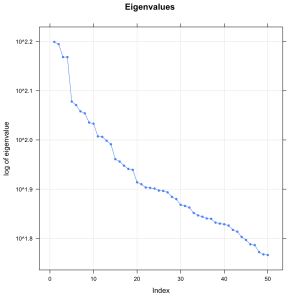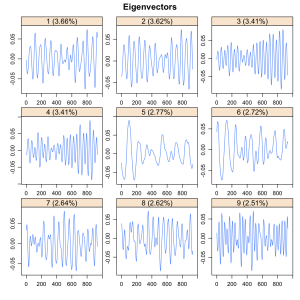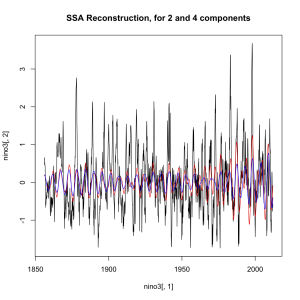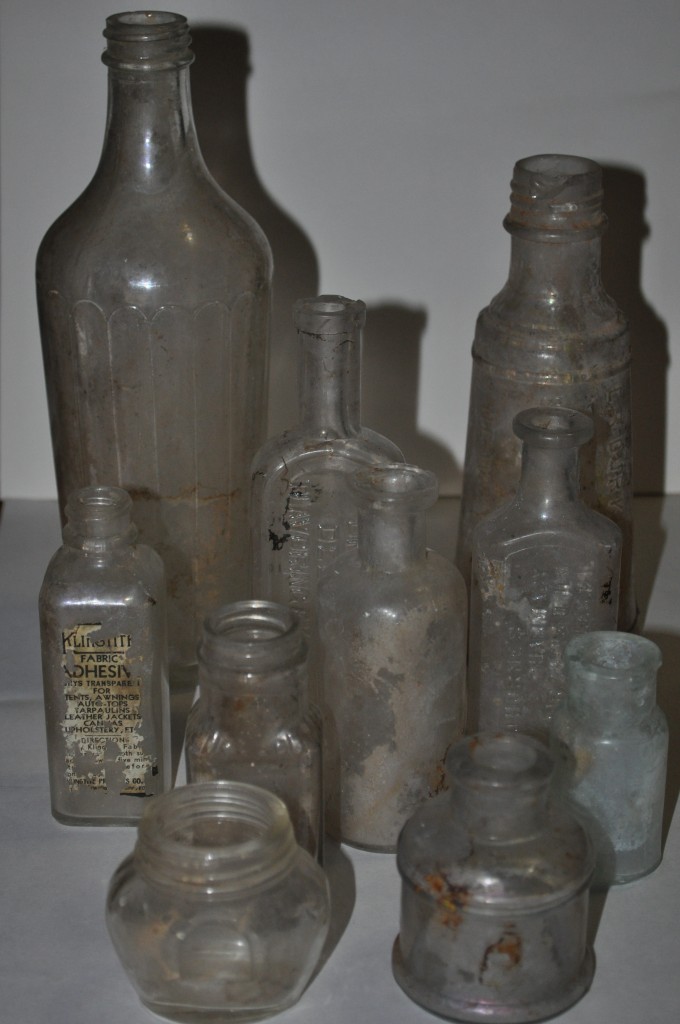A team of us students in the sustainable development program are trying to revamp our core science course. For a group of mathematically sophisticated, intellectually bold, and cutting-edge-research-focused people, our current “introduction” to science is far too lax and disorganized. We want to put it on surer ground.
The class needs to go into quite a few topics; minimally, it needs to include climate, hydrology, ecology, and public health. Disasters, energy, rocks and soils, and agriculture would be nice too.
The goal of the class is to prepare us to struggle through any sequence of PhD-level classes in a science of our choice, and to let us engage academic papers written by, well, anyone. The first response that we got from the Earth Institute post-docs, when we asked their advice, was that a class like this is impossible. But then, we’ve been doing exactly that with far worse for years.
We decided that we should start the first class with Thermodynamics, as a foundation for the rest. I’m in charge of writing up the topics for that day. I think there are a few other pieces that are similarly foundational to all environmental science: dimensionality, stocks and flows, equilibria, industrial ecology, and path-dependence. I’m not sure how it all fits together, but here’s what I’ve got so far.
Dimensionality
Thermodynamics
- Foundations
- Forms of Energy
- Principle of least action
- Lagrangian Dynamics
- Noether’s Theorem
- Path-dependent derivative
- First Law
- Energy Conservation
- Thermal energy and temperature
- Thermal energy transfer
- Temperature and phase changes
- Second Law
- Entropy
- Equilibrium
- Irreversibility
- Fundamental Equation and its derivatives
- Legendre Transforms
- Terminology:
- system, boundary, environment, primitive properties, derived properties, thermometric temperature, event interaction, adiabatic, diathermal, phase, restraint, thermodynamic processes, path and state
- open, closed and isolated system
- Topics to leave out:
- Enthalpy, work, 3rd law of thermo
Stocks and Flows
- Industrial Ecology
- Emergy





